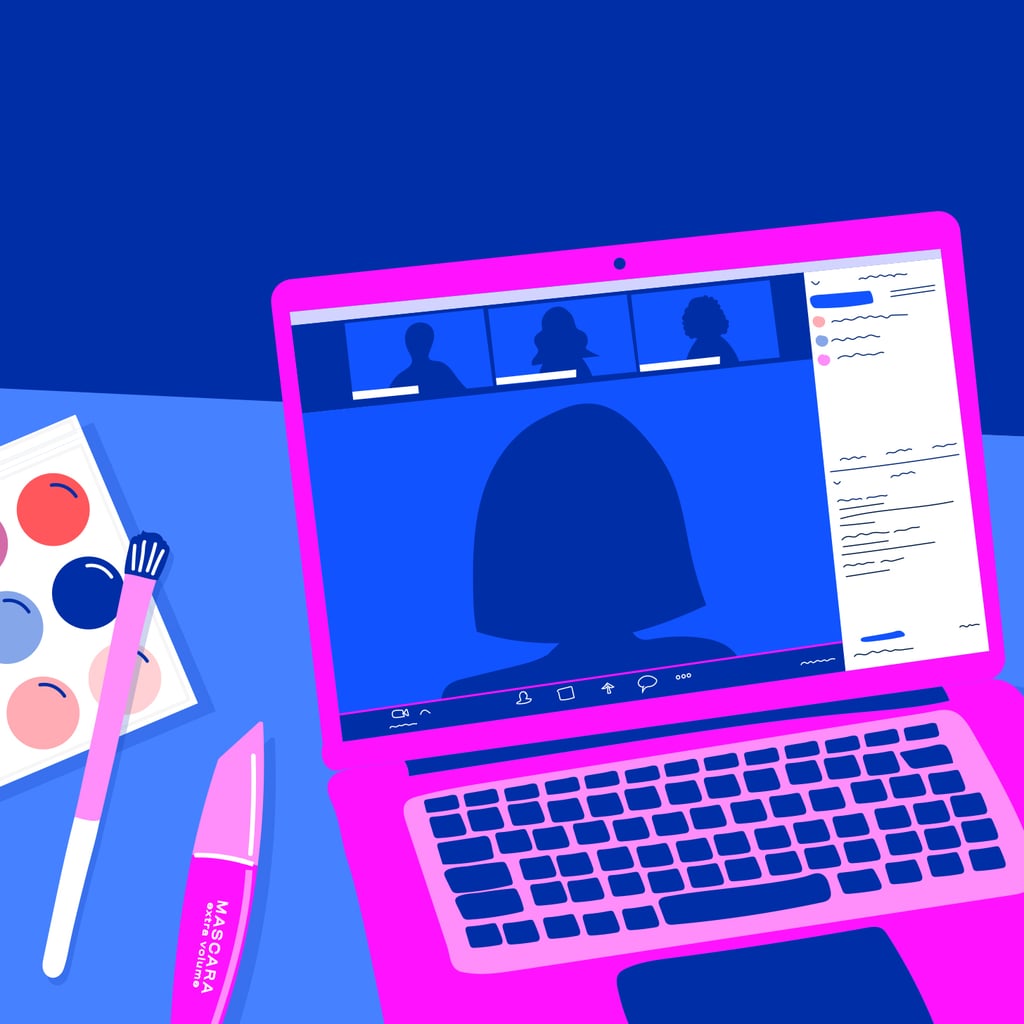How Has COVID-19 Impacted Beauty Shopping? Let Us Count the Ways . . .
How Has COVID-19 Impacted Beauty Shopping? Let Us Count the Ways . . .
UPDATE: It’s been a few short months since beauty retailers have slowly started reopening across the country, and while makeup sales have continued to plummet amid the pandemic — seeing an overall decline of 52 percent in the category, according to NPD data — shopping as a whole is still going strong. It just looks a little different.
In fact, most of the trend predictions included in this report ahead remain right on par with what we’ve been seeing of late, so keep scrolling to learn more about what you can expect. What the world of beauty shopping will look like in 2021 and beyond, however — well, only time will tell.
This story was originally published on May 12.
Some 58 days ago, online shopping was merely a novelty; a convenient substitute to getting your butt off the couch on Sundays to peruse the aisle of concealers at Sephora. The most action it required was a few flicks of your mouse, and the click of a button.
Fast forward to today, and half the country’s beauty stores remain temporarily closed to stop the spread of the novel coronavirus, many for the foreseeable future. For weeks, the world as it was had to adjust to the internet being the only way to buy beauty products. As a result, ecommerce saw a 68 percent growth in year-over-year revenue through March and April.
In the other half, and right at the brink of a collective carpal tunnel, beauty retailers are slowly starting to reopen. Even Ulta Beauty is opening 180 stores this week, with state-by-state restrictions in place. There will be some tangible differences, of course: all employees must wear facial mask coverings and enforce six feet of distance, but what they do about in-store testers, where they place the hand sanitizer, and whether they install plastic shield guards at the registers are all factors for consideration. The quiet shuffle of relief in getting back to a sense of normalcy thumps right alongside the fear.
Logistically, mass uncertainty in terms of safety, sanitation, and best in-store practices loom. It begs the question: will people really flock back to retailers so soon post-COVID 19 — and, if they do, what will the beauty experience look like? If they don’t, how will demands for online shopping shift? The answer, it seems, isn’t so cut-and-dried. Still, experts have some ideas.
Beauty Shopping Prediction: Custom Experiences Will Soar
One thing is for sure: the move to digital won’t end when stores reopen — and that’s a good thing. In fact, according to a recent survey by Influenster, nearly 24 percent of people admitted they wouldn’t be comfortable buying beauty products in-store even after they open. Around the world, retailers in countries like Australia consider shifting to online-only business models. In the US, companies are experimenting with new, custom-driven ways to shop. For cosmetics stores, that might mean providing access to makeup artists online or expanding virtual offerings that act as a stand-in for in-person beauty appointments.
“Obviously, our retail store had to temporarily shut its doors, but our retail team is still working from home and being really creative with Instagram Stories or webinars on their phones,” said Carly Narva, vice president of merchandising for beauty retailer Violet Grey. Many brands are also leaning in to tech with try-on tools.
“We’ve already seen changes in the ways people shop for beauty and know this will continue to evolve,” said Monica Arnaudo, chief merchandising officer at Ulta Beauty. “Our ecommerce business remains strong, [and] we also offer guests the opportunity to virtually explore, try on, and test colors and shades with Glamlab, our virtual try-on experience found on the Ulta Beauty app.”
Other companies are rethinking how they communicate with consumers, personalizing daily or weekly interactions via text messages. Brands like Supergoop and Tarte Cosmetics, according to Glossy, saw a 53 percent increase in people signing up for texts.
Beauty Shopping Prediction: Contactless Interactions Will Rise
In that same vein, beauty products are getting kicked to the curb — for pickup. “Right now, we’re seeing many businesses trying to stay afloat by offering curbside pickup, online orders, and contactless delivery,” said Margeaux Hamrock, co-owner of Salon Wire in Long Beach, CA, and a founding member of The Beauty Coalition.
Nordstrom, for example, has started rolling out contactless curbside pickup at select stores where local regulations allow. Bluemercury plans to offer the service at 115 locations only during limited hours by the end of May. Ulta Beauty is perhaps the largest beauty store offering curbside pickup, at 700 of its 1,200-plus locations, even in areas where retail reopenings are permitted.
“Our newest way to shop, Curbside Pickup, was launched so guests can get their beauty essentials conveniently with limited contact,” Arnaudo said. “The service is an extension of our already popular Buy Online Pick Up in Store offering, and we are rolling out to Ulta Beauty stores across the country as we are able.”
Beauty Shopping Prediction: Self-Care Will Take Center Stage
Many brand owners and beauty buyers we spoke with have also noticed an impending theme in online sales these last few weeks: the emphasis on self-care. It’s one that’s percolated for the last year but has boomed even more with people spending more time indoors.
“Our business is 70 percent skin care, and that hasn’t changed,” Narva said. “If anything, it’s grown like crazy since COVID. People are at home with more time than ever that they can now give to a full facial routine they wouldn’t have been able to before.” More specifically, Noah Rosenblatt, the president of Space NK’s US business, said face masks and moisturizer have seen a “significant, triple-digit increase during this pandemic.”
Source: Read Full Article
